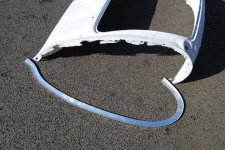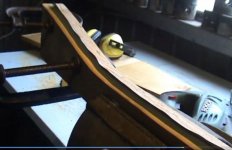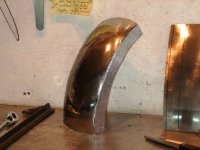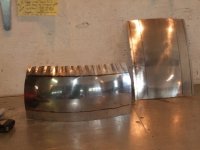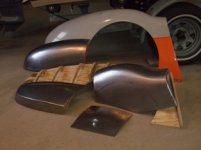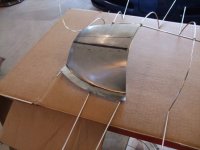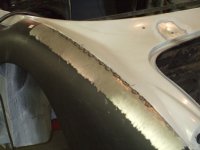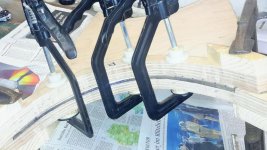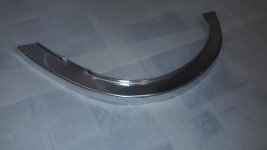I want to repair the edges of the rear schroud of my BJ8. I must manufacture edges stripes as represented in the picture.
I will try to bend the Alu-stripes between hardwoodparts as shown in the example picture. Is it possible and which Aluminium-alloy should I use and which sheet metal thickness I am supposed to choose.
Gerd


I will try to bend the Alu-stripes between hardwoodparts as shown in the example picture. Is it possible and which Aluminium-alloy should I use and which sheet metal thickness I am supposed to choose.
Gerd

 Hi Guest!
Hi Guest!

 smilie in place of the real @
smilie in place of the real @
 Pretty Please - add it to our Events forum(s) and add to the calendar! >>
Pretty Please - add it to our Events forum(s) and add to the calendar! >> 
